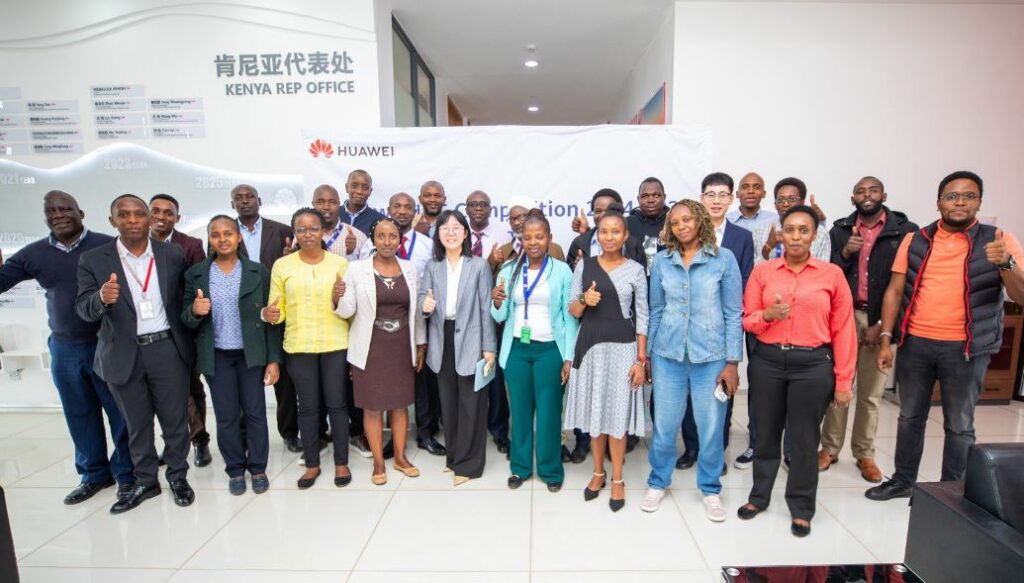
One notable advancement is the Global Positioning System (GPS) tracker, which has gained popularity for its myriad benefits—particularly for the elderly.
The role of GPS trackers not only revolves around enhancing safety and security but also extends to promoting justice and safeguarding the lives of those who may be more susceptible to harm.
This article delves into how GPS personal tracker for elderly specifically designed for elderly individuals, serve as an essential tool in protecting vulnerable communities, improving quality of life, and enhancing societal justice.
Understanding GPS Trackers
What Are GPS Trackers?
GPS trackers are devices that utilize satellite technology to determine the precise location of an object or individual. These devices can either be standalone or integrated into smartphones and smartwatches. They serve various purposes, including vehicle tracking, asset management, and personal safety, particularly for vulnerable populations such as the elderly.
How They Work
Using a combination of satellites and ground stations, GPS trackers can provide real-time location data. A GPS device receives signals from multiple satellites to pinpoint its position on Earth. This information is transmitted to a server, where it can be accessed by caregivers, family members, or even law enforcement in emergencies.
The Importance of GPS Trackers for the Elderly
Enhancing Safety and Security
Elderly individuals often experience mobility issues, cognitive decline, or medical conditions that increase their vulnerability. GPS trackers offer a lifeline, especially for those with dementia or Alzheimer’s disease, who may wander off and become disoriented.
Personal trackers can provide peace of mind for families and caregivers by enabling them to monitor their loved ones’ whereabouts.
Immediate Location Tracking: Many GPS trackers allow real-time tracking, ensuring that if an elderly person goes missing, their loved ones can quickly locate them.
Emergency Alerts: Some trackers are equipped with emergency buttons that elderly users can press in case of an emergency, notifying caregivers or authorities instantly.
Promoting Independence
While safety is paramount, GPS trackers also empower elderly individuals to maintain a level of independence. By offering reassurance to both the elderly and their families, these devices encourage seniors to engage more freely in their communities, knowing they can be easily located if necessary.
Health Monitoring
Many modern GPS trackers offer additional health-monitoring features such as heart rate tracking, fall detection, and medication reminders. These functionalities are invaluable not only for providing immediate assistance during health crises but also for gathering data that can inform better caregiving strategies.
The Broader Impact on Vulnerable Communities
Bridging the Justice Gap
GPS technology does not just protect individuals; it also plays a crucial role in promoting justice within vulnerable communities. In societies where marginalized individuals are often victims of crime or neglect, GPS trackers can act as a deterrent against wrongdoing and improve response times in emergencies.
Crime Deterrence: The presence of a GPS tracker can make potential criminals think twice before targeting an individual since they know that the person can be easily located.
Enhanced Emergency Response: If law enforcement or emergency services are notified of a crisis involving a vulnerable individual, GPS technology can help them respond more quickly, thereby increasing the chances of a positive outcome.
Community Engagement
GPS technology can foster greater community engagement by reassuring vulnerable individuals that they are being watched over. This sense of security can lead to increased participation in community activities, such as social groups or local events, which can foster social cohesion and reduce feelings of isolation.
Technological Innovations in GPS Tracking
The advancement of technology has led to innovative features that make GPS trackers more user-friendly and beneficial for elderly users.
User-Friendly Interfaces
Many modern GPS trackers come with easy-to-use interfaces that are designed for elderly users, including large buttons, voice commands, and smartphone applications that family members can easily access.
Integration with Smart Homes
As smart-home technology continues to evolve, integrating GPS trackers with home automation systems allows caregivers to receive alerts and real-time updates about their loved ones’ activities, further enhancing their safety.
Privacy Considerations
While there are significant benefits to GPS tracking, it’s essential to address privacy concerns. Users must be educated on data protection and how their information is used. Developing trust through transparent practices is vital for the widespread acceptance of GPS technology in vulnerable communities.
Challenges and Considerations
Cost and Accessibility
The cost of GPS tracking devices can be a barrier for many vulnerable families. While prices have decreased, ensuring that these technologies are accessible and affordable for all is crucial. Government initiatives, non-profit organizations, and community programs can help subsidize costs for those in need.
Dependence and Trust Issues
Although GPS trackers can enhance safety, reliance on them can inadvertently foster distrust between elderly individuals and their caregivers. Open conversations about the purpose of tracking devices and involving seniors in the decision-making process can mitigate these concerns.
Technological Literacy
Not all elderly individuals are tech-savvy, which may hinder their ability to use GPS trackers effectively. Providing user training and support can bridge this gap, ensuring they feel comfortable and confident in using the technology.
Conclusion
GPS trackers represent a critical technological tool for protecting vulnerable communities, particularly elderly individuals. By enhancing safety, promoting independence, and bridging the justice gap, these devices are invaluable in our quest for a more secure society.
However, challenges such as cost, privacy, and technological literacy must be addressed to ensure that all individuals can benefit from these advancements.
As we continue to embrace technological innovation, it is vital that we do so inclusively, empowering vulnerable populations to live safer, more independent lives while enhancing overall community welfare.








